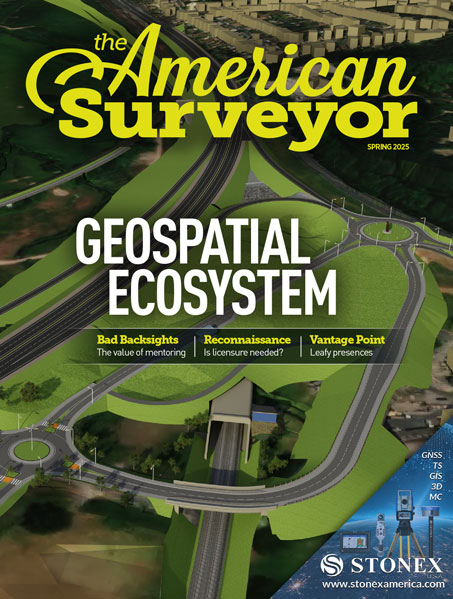The fast, precise robotic total stations with integrated laser scanning capabilities will provide accurate deflection monitoring during comprehensive structural tests.
Norcross, GA, February 24, 2016 – As NASA continues to make progress on its new rocket, the Space Launch System (SLS), testing the hardware is becoming a crucial focal point at the agency’s Marshall Space Flight Center in Huntsville, Ala. Each structural test article must be carefully evaluated to verify its integrity and ensure it can withstand the loads it may experience during flight.
The tests will be conducted outdoors in one of two structural test stands. A 215-foot-tall steel structure known as Test Stand 4693 will be used to test the liquid hydrogen tank, while an 85-foot-tall steel structure known as Test Stand 4697 will be used to test the liquid oxygen tank. These test stands will push, pull and bend the tanks of the SLS’s massive core stage to subject both the tanks and hardware to the same loads and stresses they will endure during launch.
During the tests, multiple points on the tanks must be monitored accurately for deflections over a 48-hour period. To accomplish this task, NASA has purchased 24 additional Leica Nova MS50 MultiStations, which are precise robotic total stations with integrated laser scanning capabilities. These will be added to NASA’s existing arsenal of 10 Leica Nova MS50 MultiStations and 22 Leica Viva TS15 robotic total stations all of which will be used for deflection monitoring during the comprehensive structural tests.
According to David Rutledge, the NAFTA Director of Structural Monitoring for Leica Geosystems’ Engineered Solutions business, NASA continues to invest in the Leica Nova MS50 both for its versatility and its accuracy compared to other total stations.
“Critical applications like the structural test program for the Space Launch System demand solutions that can provide high accuracy and outstanding performance,“ he said. “Comprehensive surveillance of the test article deformation throughout the testing period with both the Leica Nova MS50 and Viva TS15 instruments will provide highly accurate data that will help NASA engineers understand article performance and guide them in future rocket development. We’re excited to be able to play a role in the continued progress at Marshall Space Flight Center.”
For more information about NASA’s SLS program, visit www.nasa.gov/exploration/systems/sls. To learn more about precision monitoring and surveying solutions, visit www.leica-geosystems.us.
Leica Geosystems – when it has to be right
Revolutionizing the world of measurement and survey for nearly 200 years, Leica Geosystems creates complete solutions for professionals across the planet. Known for premium products and innovative solution development, professionals in a diverse mix of industries, such as aerospace and defense, safety and security, construction, and manufacturing, trust Leica Geosystems for all their geospatial needs. With precise and accurate instruments, sophisticated software, and dependable services, Leica Geosystems delivers value every day to those shaping the future of our world. Leica Geosystems is part of Hexagon (Nasdaq Stockholm: HEXA B; hexagon.com), a leading global provider of information technologies that drive quality and productivity improvements across geospatial and industrial enterprise applications.
